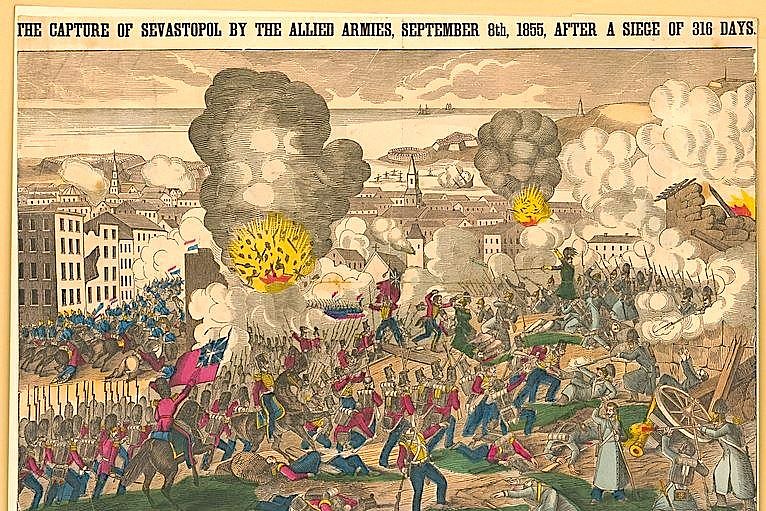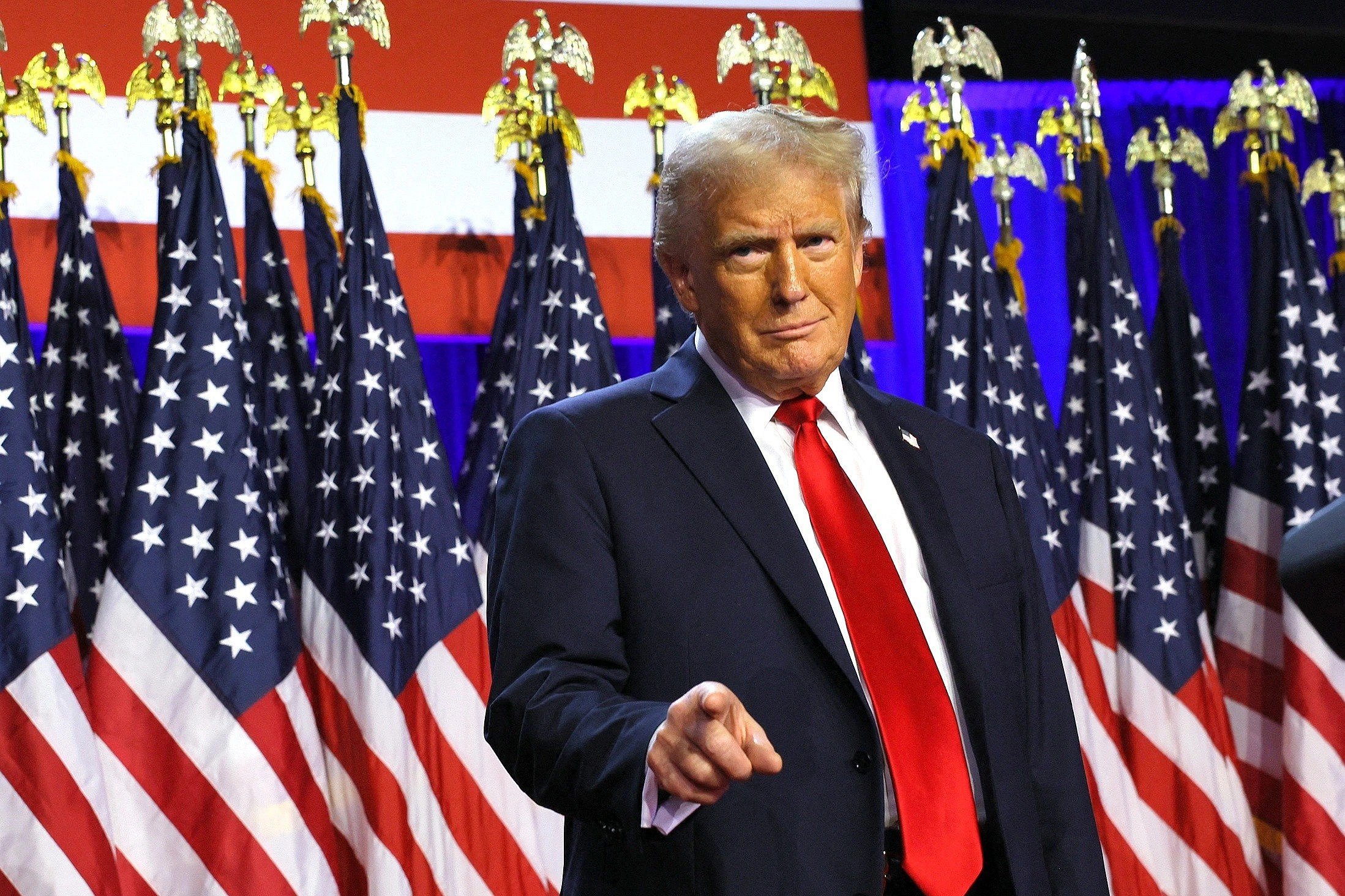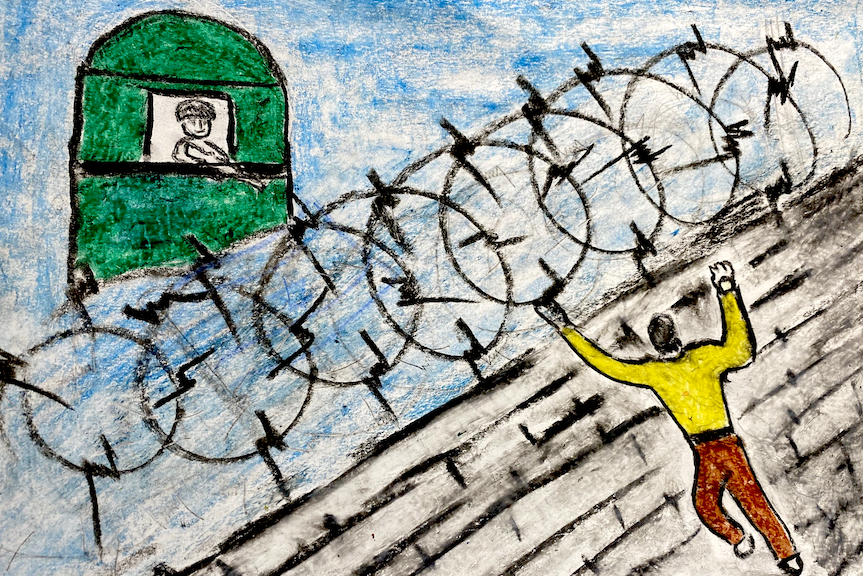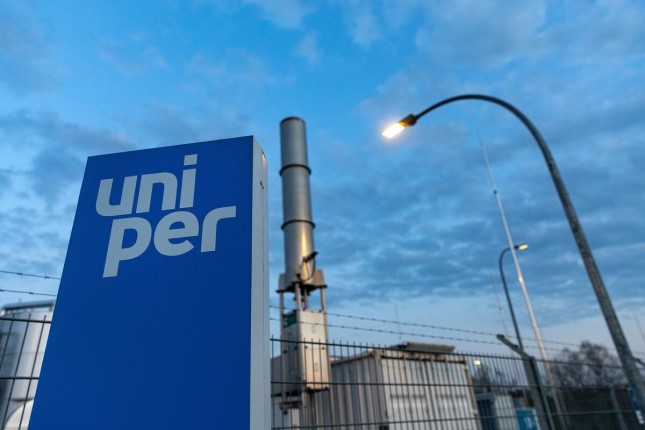There is a growing realization that voters’ dissatisfaction with inflation resulted in Donald Trump’s election victory last month. But almost no attention has been placed on one of the major contributors to this inflation: the war in Ukraine, and the decision to repeatedly reject negotiating its end.
Of course, Ukrainians have suffered most from the prolonging of the war. Just as the largely Pentagon-funded RAND Institute had warned, the costs of a long war have been far worse for the country than the potential loss of territory in a peace deal: a staggering number of casualties, an amputee population on the scale of Europe in World War I, half of its energy infrastructure in ruins, and a shattered economy, massive debt and reconstruction costs three times that of the Marshall Plan that will make it prey for future neoliberal shock therapy. The war effort is being fueled by stringent conscription that sees poor Ukrainian men kidnapped off the street, while the Financial Times reports that the Ukrainian far right is now better armed and trained, and poses a real threat to the Ukrainian state.
But the conflict has had a vast impact beyond Ukraine, too, most dramatically in the skyrocketing costs that resulted from the war’s additional supply chain disruptions and the economic sanctions placed on Russia as punishment. As both Ukraine and Russia are major commodities producers—particularly wheat, oil and gas, fertilizers, and key raw materials like the neon used to make semiconductors—the war’s impact rippled out far and wide, including in the United States.
“The Russian war in Ukraine contributed significantly to the painful acceleration in global inflation in 2022,” says Mark Zandi, chief economist at Moody’s Analytics. “Inflation expectations also jumped as the shock caused by the Russian war conflated with that caused by the ongoing global pandemic.”
Four months into the war, in June 2022, yearly US inflation peaked at 9.1 percent. Gas prices surged 42 percent to a record $5.02 that month, leaving US households spending an average of $900 more on fuel that year than 2021, and having knock-on effects on the price of virtually every other product. Fertilizer prices shot up between 27 and 53 percent over the conflict’s first five months, putting a strain on US farmers. Over the year to December 2022, food prices spiked 10.4 percent.
“Lots of things came together to push prices higher for both consumers and producers,” says Patrick Westhoff, director of the Food and Agricultural Policy Research Institute at the University of Missouri.
Much of this eventually receded, and food prices even went back down to below pre-invasion (though not pre-pandemic) levels. Yet, as we have seen with the public’s response to the past year’s headline news about a cooling inflation rate, the fact that the worst inflation happened in 2022 didn’t erase a lingering sting in people’s pocketbooks.
“While inflation has moderated, prices for many good and services remain elevated, and will not return to their pre–Russian war levels,” says Zandi.
The war also continued to impact US consumers in the form of higher interest rates. In March 2022, the Fed approved the first of 11 interest rate hikes it would make over the next two years, directly citing the uncertainties and impacts of the war.
“The implications [of the Ukraine invasion] for the U.S. economy are highly uncertain, but in the near term the invasion and related events are likely to create additional upward pressure on inflation and weigh on economic activity,” the Federal Open Market Committee said in a statement at the time.
Photo: Demonstrators in London, England, take part in a rally on November 19, 2024, to mark 1,000 days since Russia’s invasion of Ukraine.
Source: The Nation.
































